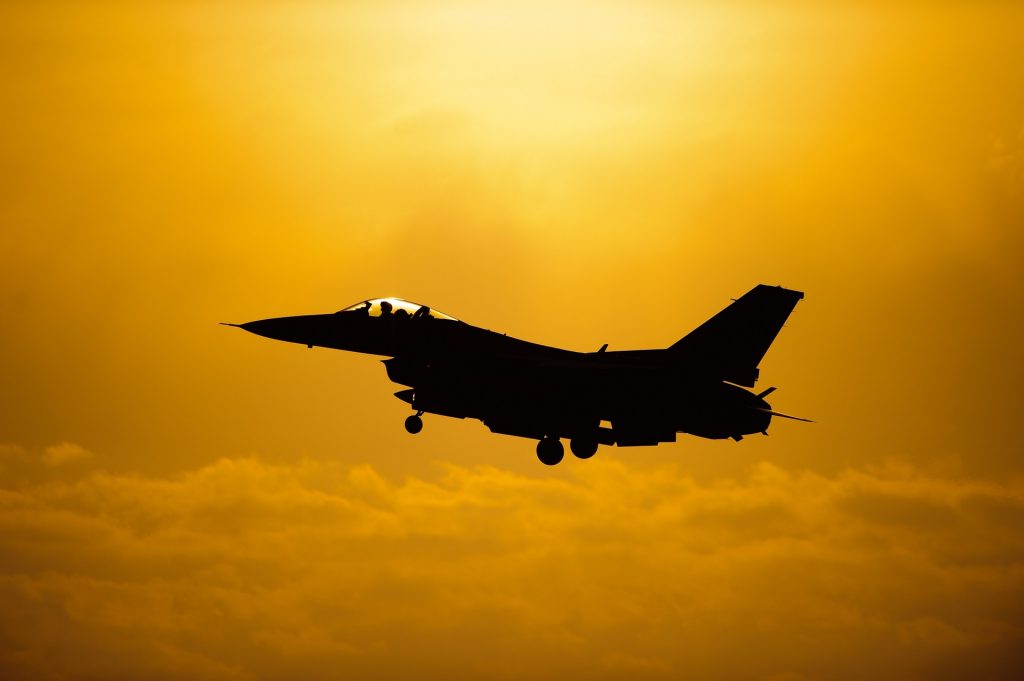
The Four Forces Of Flight: Get Your Basics Clear!
Weight, drag, thrust, and lift are the acting forces on a plane. Presuming a straight and level flight, the lift should be equivalent to weight and drag should be equal to thrust. The airplane will speed up if the lift ends up being higher than weight.
The airplane will speed up downward if the weight is higher than the lift. When the thrust ends up being higher than the drag, the aircraft will speed up forward. If drag ends up being higher than the thrust a deceleration will happen.
The percentage in between weight and thrust is figured out by the aircraft designer depending on the expected objectives. If by style an aircraft should be able to speed up vertically upwards, then the thrust needs to be higher than the weight and drag integrated. The engines press air back with the very same force that the air moves the airplane forward; this thrust force-pair is opposite and always equivalent according to Newton’s 3rd Law.
When the aircraft flies level at a continuous speed, thrust equates to drag. When the airplane flies level at a constant speed, all opposite forces of flight are equivalent: drag equals to thrust, and weight equals to lift. Isaac Newton would state that force of your hand pressing on the air is always equivalent to the force of the air pressing on your hand; this is his 3rd Law. When the aircraft flies level at a continuous speed, weight equals to lift!
When the engines of an aircraft gave up, drag slows the airplane down according to Newton’s Second Law.
…


 Airline companies are beginning to roll out in-flight Wi-Fi, he states his preferred element of flying is being cut off from the digital world and having time to consume, check out, and enjoy movies undisturbed. His perfect airplane would not separate us from other guests; it would provide us more choices for hanging out.
Airline companies are beginning to roll out in-flight Wi-Fi, he states his preferred element of flying is being cut off from the digital world and having time to consume, check out, and enjoy movies undisturbed. His perfect airplane would not separate us from other guests; it would provide us more choices for hanging out.